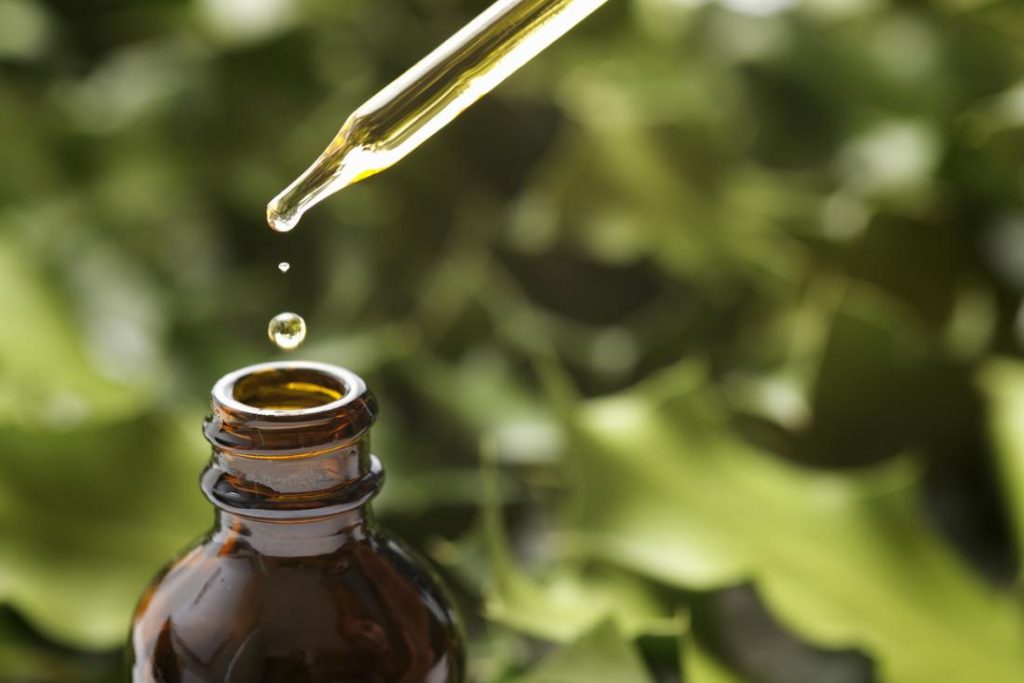There are countless benefits of vitamin E. In this article, we will learn about its role in protecting your body against oxidative stress, preventing blood clots, and reducing oxidative stress. You can also learn how you can get enough vitamin E in your diet through food. But what is the best way to get vitamin E in your diet? There are several ways to get vitamin E in your diet.
There are several benefits of vitamin E, including its antioxidant properties. This vitamin is often deficient in people with fat-malabsorption disorders and other health problems. Common symptoms of vitamin E deficiency include peripheral neuropathy, ataxia, skeletal myopathy, and impaired immune response. People with Cohn’s disease or cyst fibrosis frequently pass greasy stools. They often require water-soluble forms of vitamin E in order to meet their dietary requirements.
One of the benefits of vitamin E is that it can boost the activity of immune cells called T lymphocytes. T lymphocytes are white blood cells that play an important role in the immune system. There are two types of T cells: regulatory T lymphocytes that regulate immune responses to foreign particles, helping prevent autoimmune diseases. Cytotoxic T lymphocytes, on the other hand, attach to infected cells and kill them.
Various observational studies have indicated a relationship between higher levels of vitamin E intake and reduced incidence of heart disease. One study of nearly 90,000 nurses revealed a 30% to 40% lower incidence of heart disease in those with the highest levels of vitamin E in their diet. Another study, which included 5,133 individuals, found an association between a higher intake of vitamin E in foods and reduced risk of CHD. These studies are helpful in determining the optimal amount of vitamin E to consume for each individual.
Reduces oxidative stress
Free radicals are a result of our daily lifestyle. We produce them in our bodies from various sources, including high-fat diets, pollution, and pesticides. Optimal health depends on limiting the effects of these harmful molecules. A balanced diet is important for healthy cellular function. Vitamin E plays a protective role by reducing oxidative stress. So, how does it work? Listed below are several ways that Fildena 100mg can help you stay healthy.
Antioxidant supplementation increases endogenous antioxidant enzymes. These enzymes are regulated by post-transcriptional modifications. Age and physical exercise have been associated with increased oxidative stress. In elderly rodents, fortification of the diet with antioxidants increases endogenous antioxidant enzymes. Supplementation of vitamin E increases positive work output and decreases oxidative stress in the tibialis anterior muscle.
Overexposure to free radicals damages the DNA, proteins, and cellular structures in the body. It also damages DNA and leads to chronic inflammation. Inflammation normally disappears after the immune system has repaired the damaged tissue. When oxidative stress is present, this inflammatory response creates even more free radicals, which perpetuates the vicious cycle. In addition to its damaging effects, vitamin E can help protect the skin against infection and disease.
Protects cells from UV radiation
Researchers have found that vitamin E can protect cells from the damaging effects of ultraviolet radiation. UVA damage can lead to the formation of oxidizing species in cellular DNA. The antioxidant vitamin E inhibits these processes, thereby reducing oxidative damage. However, this effect is not purely protective. In this article, we discuss these activities. It is important to know that the antioxidant effect of vitamin E may vary depending on the amount of sun exposure.
In addition, oxidative stress increases the amount of ROS. Moreover, UVA-induced ROS activate several MAPKs70. Some of them affect downstream effectors. They may regulate cellular responses, including DNA repair and cell cycle arrest. In one study, vitamin E pretreatment protected cells from UVB-induced DNA damage. The vitamin enhanced DNA repair, reducing the number of apoptotic cells. This is because vitamin E inhibits NF-kappaB activation.
While vitamin E is not a cure-all, it does help the skin. It protects fibroblast, the cells responsible for making collagen and other skin-structure components, from UV exposure. Fibroblasts also produce the glycoproteins that make up the extracellular matrix. During a sun exposure, these cells can be damaged, so reducing inflammation is important for youthful-looking skin. It is recommended that vitamin E be consumed as a supplement to enhance the protective action of sunscreen.
Prevents blood clots
The American Heart Association has not recommended taking vitamin E to prevent heart disease or certain types of cancer. But research shows that Arrowmeds brand product may be beneficial to cardiovascular health and can help prevent blood clots. In fact, a recent study in the American Journal of Clinical Nutrition found that vitamin E may reduce the risk of blood clots. The study involved 39,876 women aged 45 and older who were randomly assigned to take 600 international units of natural vitamin E or a placebo over a 10 year period. The participants were not told if they were taking vitamin E or a placebo, which could be a complication.
Vitamin E may reduce the risk of coronary artery disease by inhibiting the oxidation of LDL cholesterol. It also inhibits platelets from adhering to the blood vessel walls. Other benefits include its antiviral and antioxidant properties, which protect the heart from various infections. Cardiologist Peter Langsjoen recommends consuming 400 IU of vitamin E daily. But the research is still far from conclusive.
Enhances immune function
In immunogenic mice, vitamin E improved responses to checkpoint inhibitors. However, it did not improve responses when tumor-infiltrating dendritic cells were low. Dendritic cells present abnormal proteins to activate T cells and are an essential step in an anti-tumor immune response. However, tumor-associated dendritic cells can be dysfunctional because of suppressive signals from the tumor microenvironment.
Researchers have shown that vitamin E has immunomodulatory effects in both the cell-based and humoral immune system. Vitamin E enhances T cell function by promoting the integrity of the membrane and positively modulating signaling events in T cells. It also protects T cell function indirectly by reducing the production of T cell suppressing molecules, including PGE2.
Several studies have shown that vitamin E supplements enhance the function of T cells. Old macrophages exposed to vitamin E improved in proliferation and IL-2 production. In addition, older macrophages produced higher levels of PGE2, which is a result of increased cyclooxygenase activity. Vitamin E supplementation reduced PGE2 synthesis. These findings are encouraging for people with immune system weaknesses.
Prevents heart disease
Studies have examined whether Vitamin E is a protective nutrient against coronary heart disease. Some studies have shown that oxidized low-density lipoprotein may play a role in atherogenesis. In a large study involving 87,245 nurses, vitamin E was found to lower the incidence of coronary heart disease. Despite the large study population, only 552 cases of major coronary heart disease were documented over an 8-year period.
However, a recent study shows that regular exposure to Vitamin E does not prevent heart disease in high-risk patients. The findings of that study are contradictory, and there are mixed results from the other studies. However, they do show a correlation. This correlation suggests that Vitamin E may be beneficial for people who have an unhealthy lifestyle. Vitamin E is an antioxidant that helps protect the body from free radicals. It is also known to improve blood flow and lower cholesterol, two risk factors for heart disease.
Another study involving 4495 men found that early vitamin E supplementation reduced the risk of death from myocardial infarction. The study was also able to reduce the risk of mortality from nonfatal myocardial infarction after left anterior descending coronary artery ligation. The researchers also observed that a higher daily dose of vitamin E reduced the incidence of cardiac hypertrophy, which is an early sign of heart failure.
Relieves menstrual pain
In a recent study, Iranian researchers investigated whether Vitamin E exposure can relieve the pain associated with menstruation. They enrolled 280 teenage girls with primary dysmenorrhoea, a condition that affects up to 40 per cent of women. Of these, 10 per cent experience severe pain. The girls, aged fifteen to seventeen, took 200 IU of vitamin E twice a day or a placebo for four consecutive menstrual cycles. During each period, the girls reported their level of pain and whether they took painkillers to cope with the discomfort. Additionally, they reported how much blood was lost during each period.
The study also noted that women in the vitamin E group experienced significantly less pain and lasted less time during their menstrual period. Furthermore, they lost less blood than the placebo group. The study also showed that taking low doses of vitamin E reduced blood loss and menstrual cramps, with no significant side effects. Therefore, the low-dose of vitamin E has the potential to ease menstrual pain and minimize blood loss.
A recent study found that vitamin E reduced the severity of pain associated with primary dysmenorrhea by inhibiting the production of prostaglandins. The researchers also found that taking 200 IU daily during menstruation reduced the pain experienced during menstruation. This study involved 278 girls aged fifteen to seventeen years and two-week treatments with placebos. The participants were assessed two and four months after the treatment to assess the effects of vitamin E on pain and blood loss.


